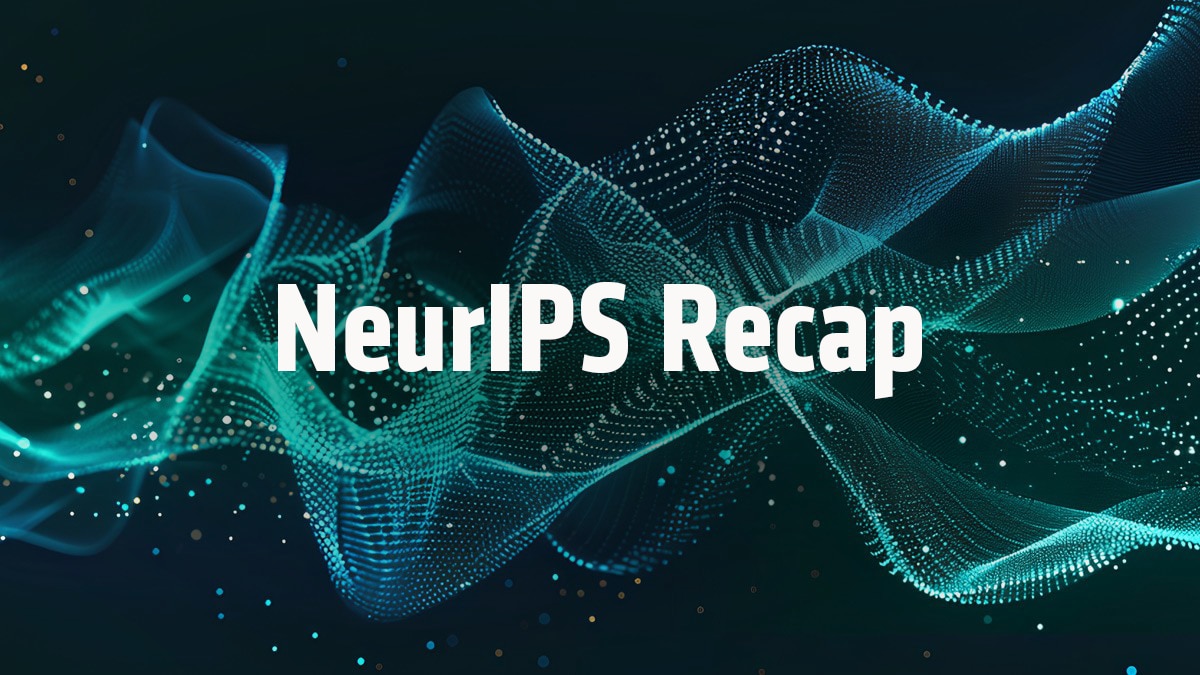Open Ecosystems: The Key to Digital Sovereignty
Nov 03, 2025

Digital sovereignty is the ability for a nation or region to make independent technology choices without external constraints. True sovereignty enables economic independence and resilience, strengthens national security and strategic autonomy, and allows nations to uphold cultural values in an AI-enabled, digital world.
AI sovereignty, an essential part of digital sovereignty, entails having control over data, infrastructure, algorithms, and supply chain, and sustainable access to talent. Its cornerstone is a flourishing ecosystem of companies, startups, governments, and researchers based on collaboration, competition, and diversity.
Open ecosystems and silicon diversity provide the best path to digital sovereignty by enabling the above prerequisites of control, as well as increased interoperability. In this first of a series of blogs we provide insights on this path as nations and regions worldwide endeavor to strengthen their digital sovereignty.
Sovereignty and the Evolution of Economic Development
Economic development has always been intertwined with sovereignty through large infrastructure investments. Historically, nations built their economic foundations on physical infrastructure: roads, railroads, ports, and factories. In the coming decades, AI infrastructure will be the engine for economic growth and scientific advancement.
Like traditional infrastructure, AI infrastructure will be diverse to serve varied computing needs—from AI factories balancing compute resources to sovereign clouds running critical AI jobs, supporting academic, commercial, and public sector innovation.
Failing to invest in AI infrastructure will bottleneck digital sovereignty, ultimately limiting economic growth and prosperity. Today’s AI infrastructure decisions will define economic strength for decades.
"Across the globe, nations are moving with urgency to strengthen the digital and physical foundations that fuel growth and innovation. Resilient infrastructure isn’t just the backbone for economic progress; it’s the launchpad for security, competitiveness, and opportunity. And time and again, we’ve seen that open ecosystems powered by diverse talent, technologies, and platforms are what truly enable resilience and sovereignty in an interconnected world.” notes Darren Grasby, EVP, Chief Sales Officer and President EMEA.
Investing for Success
Just as traditional infrastructure has been accessible to various users, open AI ecosystems enable interoperability across the AI stack through common standards and protocols, ensuring long-term sustainability of investments.
Open AI ecosystems deliver strategic advantages: they adapt to evolving technologies while avoiding vendor lock-in; enhance security through easier auditing, bias removal, and model customization; lower market entry barriers to drive competition; and protect against supply chain disruptions—all while ensuring cost stability and lower cost.
“History shows that openness drives innovation - from the internet to open science - and AI must be no different. Open ecosystems foster collaboration across borders and sectors, accelerate breakthroughs and ensure that the benefits of progress are widely distributed rather than locked behind closed systems of single suppliers” says Peter Sarlin, CEO & Co-founder of AMD Silo AI.
Ensuring Trust in AI Infrastructure
The next chapter of innovation will be written not just in labs and classrooms, but in data centers, across clouds, and on silicon that enables humans to harness digital intelligence. We will be publishing deep-dives into how digital sovereignty relates to economic independence and innovation, national security, strategic autonomy, and the upholding of cultural values in an AI-enabled world.
With disruptive technologies like AI, safety and reliability are paramount. No single entity should control any part of the AI stack. Open and transparent ecosystems enable users to understand how outcomes are generated, fostering trust and informed decision-making while creating conditions for cooperation among governments, academia, and industry to develop safe and secure innovation.









